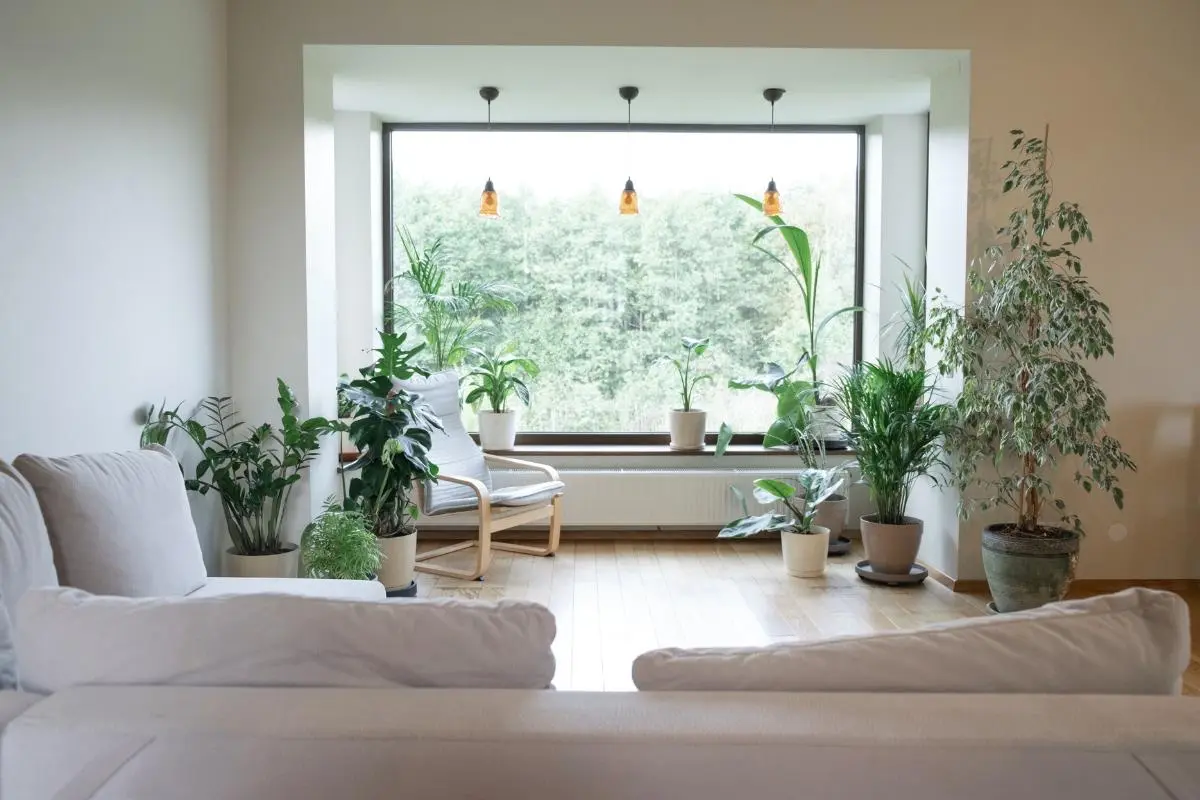The Importance of Natural Lighting in Sustainable Homes
Introduction
In the modern pursuit of sustainability, natural lighting plays a pivotal role in the design and functionality of eco-friendly homes. Beyond merely reducing the need for artificial lighting, natural lighting enhances energy efficiency, improves mental and physical well-being, and contributes to the architectural beauty of living spaces. This article delves into the multifaceted benefits of natural lighting in sustainable homes and explores how it aligns with eco-friendly living principles.
The Role of Natural Lighting in Energy Efficiency
Optimizing Home Design for Natural Light
The strategic use of natural light in home design is not only a cornerstone of visual aesthetics but also a vital component of energy efficiency. By integrating larger windows, skylights, and well-placed reflective surfaces, architects can harness the full potential of daylight to illuminate home interiors. This approach significantly reduces dependence on electrical lighting during the day, leading to substantial energy savings and a lower carbon footprint.
The Benefits of Solar Heat Gain
Apart from illumination, natural lighting contributes to heating efficiency in homes. During colder months, sunlight streaming through windows naturally warms the space, reducing the workload on heating systems. Homes designed with passive solar heating in mind include materials that absorb and slowly release heat, further enhancing this effect. However, it’s crucial to balance solar heat gain with thermal insulation to prevent overheating and ensure energy savings year-round.
Technological Enhancements
Advances in technology have made it easier to maximize the benefits of natural light while minimizing its drawbacks. For instance, smart glass or electrochromic windows can adjust their opacity based on the intensity of incoming light, providing control over heat gain and glare without sacrificing daylight. Similarly, automated blinds and light shelves can be used to redirect sunlight deep into the rooms, ensuring even light distribution and reducing the need for artificial lighting.
Health and Well-Being Benefits of Natural Light
Psychological and Physical Health
The impact of natural light on health is profound and well-documented. Exposure to natural light helps regulate circadian rhythms, which control sleep patterns and hormonal balances. This regulation boosts overall mood, enhances productivity, and reduces the risks associated with seasonal affective disorder (SAD). Moreover, natural lighting has been shown to improve vision by reducing eye strain linked to artificial lights.
Creating a Connection with the Outdoors
Natural lighting also plays a crucial role in blurring the boundaries between indoor and outdoor spaces. Large windows and glass doors that offer views of the outdoors help residents feel connected to their external environment. This connection not only enhances mental health by reducing feelings of confinement but also promotes a lifestyle that values nature and sustainability.
Aesthetic and Functional Integration
Enhancing Architectural Design
From an architectural standpoint, natural light is a powerful tool that can transform spaces and create a sense of openness and warmth. Properly designed homes utilize natural light to highlight materials, shapes, and colors, enhancing the aesthetic appeal of the home. Furthermore, natural light can make small areas feel larger and more inviting, which is particularly beneficial in homes with limited space.
The Role of Natural Light in Interior Decoration
In terms of interior decoration, natural light is a critical element that influences color perception, decoration choices, and the overall ambiance of a room. Colors and textures can look dramatically different under natural light compared to artificial sources. As such, designers often recommend color schemes that maximize the impact of natural lighting, creating vibrant and dynamic interiors.
Optimizing Natural Lighting in Home Design
As we advance our discussion on natural lighting in sustainable homes, it becomes essential to consider how homeowners and designers can optimize light to enhance both functionality and environmental compatibility.
Strategic Placement of Windows and Skylights
The placement of windows and skylights is paramount in maximizing natural light and minimizing the need for artificial lighting. South-facing windows, for instance, capture the most sunlight throughout the day, especially in northern latitudes. Careful positioning of windows can also aid in ventilation, allowing for natural cooling and reducing the reliance on air conditioning systems. Skylights, on the other hand, are perfect for bringing light into central parts of a home where side windows might not reach, thus brightening up spaces that would otherwise require artificial lighting.
Utilizing Reflective and Light-Colored Surfaces
To further enhance the distribution of natural light, reflective and light-colored surfaces play a crucial role. Walls, ceilings, and floors that reflect light can help illuminate darker corners of a room without additional light sources. Using glossy finishes and choosing paints with higher light reflectance values can dramatically increase the natural light in a room.
Landscaping for Light
The home’s exterior design and landscaping also impact how much natural light penetrates indoors. Strategic placement of trees and shrubs can help manage both light and shade, blocking unwanted heat during summer while allowing sunlight to warm the house during colder months. Moreover, the use of reflective surfaces outside the home, such as in water features or garden decorations, can also contribute to increasing natural light inside.
The Environmental Impact of Natural Lighting
Embracing natural light not only reduces energy consumption but also diminishes the environmental footprint of a home.
Reduction in Greenhouse Gas Emissions
By cutting down on the use of electric lighting and heating, natural lighting helps lower greenhouse gas emissions associated with energy production. Sustainable homes that optimize natural light contribute significantly to environmental conservation, aligning with global efforts to combat climate change.
Sustainability and Material Choices
The materials used in constructing windows and doors for natural lighting also matter. Sustainable materials like FSC-certified wood or recycled aluminum for frames, and low-emission glass, can ensure that the environmental benefits of natural lighting are maximized without compromising the home’s overall ecological impact.
Conclusion: Embracing Natural Light in Sustainable Living
Natural lighting stands out as a remarkable feature in sustainable home design, offering a blend of aesthetic, health, and environmental benefits. It enhances living spaces, reduces energy costs, and supports a healthier lifestyle. For those considering building or remodeling their homes, prioritizing natural light is not just a luxury but a fundamental aspect of sustainable living.
Why Visit Our Site?
To explore more about sustainable home solutions and how to effectively incorporate natural lighting into your living spaces, visit our official page. We provide expert advice, design tips, and real-world examples that demonstrate the transformative power of natural light in homes. Discover how to make your home not only a place of comfort but also a beacon of sustainability and efficiency. Join us in making a positive impact on the world, one ray of light at a time.





